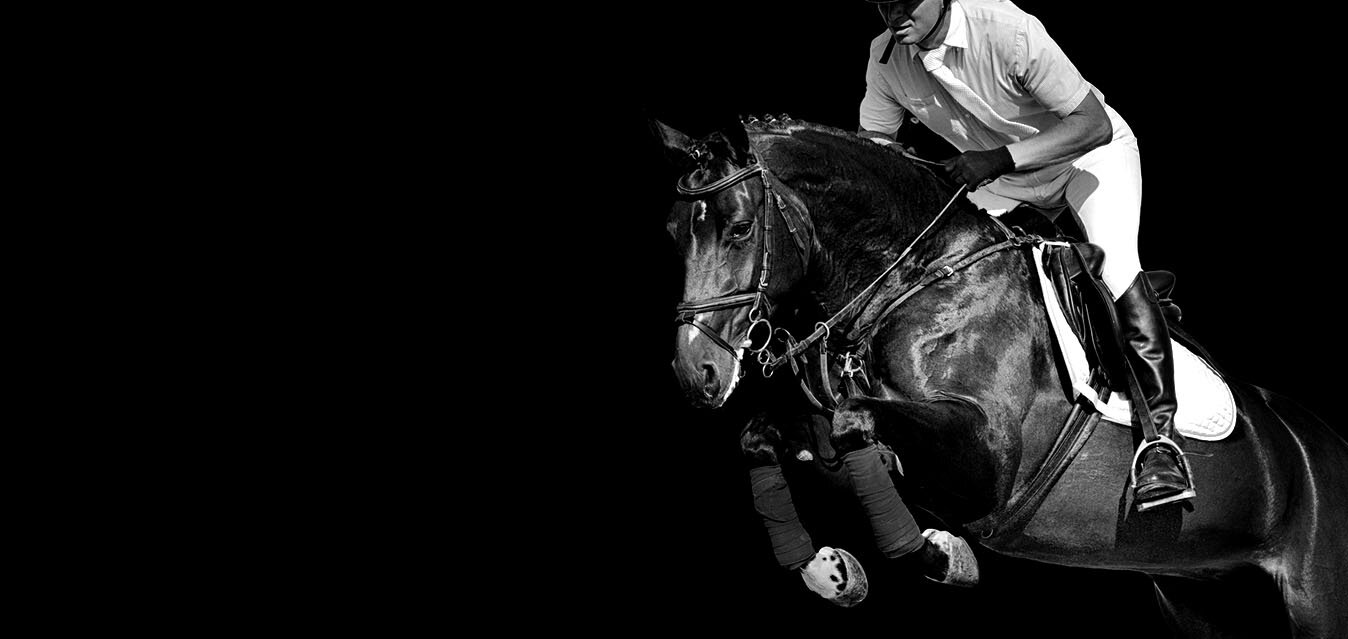
PLATELET RICH PLASMA
Platelet rich plasma is a therapy for the treatment of equine tendon and ligament injuries. It is a welcome addition to the range of therapies available to treat these injuries because it offers an affordable, practical and scientifically based point of care treatment alternative to horse owners and trainers alike.
Horses suffering tendon and ligament injuries have historically had a poor prognosis for a return to athletic ability due to the limited ability of tendons to repair after injury. The repair tissue is often functionally inferior to normal tendon tissue and this goes hand in hand with an increased risk of re-injury. In the normal, uninjured tendon, there is an abundance of type 1 collagen. After injury, tendons tend to repair with an abundance of type 4 collagen. Type 1 collagen is preferable to type 4 because it is made up of long fibres with few cross links. In contrast, type 4 collagen is made up of short fibres with many cross links. These short type 4 fibres do not move as independently as long type 1 fibres and are therefore much more susceptible to re-injury.
PRP PRODUCTION
WHAT IS THE PROCESS OF THE PRODUCTION OF PRP?
Platelets are found in abundance in the blood stream and are mostly known for the role they play in blood clotting. However, platelets are not just involved in blood clotting, but are in fact an integral part of the early repair process at the site of any injury. When platelets organise into a clot, they release a variety of growth factors that are important for the repair of injured tissue. Platelets also send signals to other cells within the body to move to the site of injury. The clot also acts as a scaffold to retain the growth factors at the site of injury.
Growth factors released by platelets include: transforming growth factor β, platelet derived growth factor, vascular endothelial growth factor and insulin like growth factor. Vascular endothelial growth factor has been shown to be an important factor involved in the proliferation and remodelling of tenocytes (tendon cells). Studies have also demonstrated that transforming growth factor β, platelet derived growth factor, vascular endothelial growth factor act together to accelerate white blood cell infiltration of the injury and stimulate new blood supply to the injured tenocytes. This is a very beneficial characteristic because one of the major limiting factors for tendon regeneration is a poor blood supply to the injured tissue.
Importantly, a study using Platelet rich plasma on equine tendons showed that tendons cultured in 100% Platelet rich plasma solution showed an increase in the expression of collagen Type 1 producing cells. Based on our current understanding of the repair process occurring after tendon injury, platelet rich plasma appears to be very beneficial in the regeneration of new tendon fibres and indeed this technology has been used in human medicine for some time.
The collection and preparation of platelet rich plasma is simple, non-invasive and takes only about 30 minutes. Firstly, 60mls of venous blood is collected from the horses’ jugular vein. The blood is transferred to a holding device, which is then placed into a portable centrifuge and spun for 3 minutes. This process separates the serum from the red blood cells. The serum is removed from this sample, placed into the centrifuge and spun for a further 15 minutes. This process leaves the platelets concentrated at the bottom of the sample. Excess serum is then removed and the platelets are re-suspended and ready for injection into the injured tendon. The injured horse is mildly sedated and a nerve block is administered to anaesthetise the injured area. The platelet rich plasma is then injected back into the injured tendon under ultrasound guidance.

After implantation of platelet rich plasma into the injured area, the horse is then confined for a period of 2-3 weeks, with the leg bandaged at all times. We prefer to not administer any anti-inflammatories after implantation because of the possibility that anti-inflammatories may interfere with the cellular response to platelet rich plasma therapy. After the initial 2-3 weeks period, horses are confined for a further period of 4 weeks in a small yard. After this time a gradual exercise program is commenced with the aim of returning to horse to full activity over a period of 6-12 months depending on the degree of injury and ligament injured. We recommend repeat ultrasound examinations of the injured tendon at one, four and six months post injury to facilitate assessment of the healing process and allow tailored modifications to the controlled exercise program.
We have now been using platelet rich plasma therapy in our practice for a number of years. Over the course of this time, we have seen a sufficient caseload and managed enough injuries to allow us to accurately evaluate the response to this treatment when used in our hands. We have further refined our rehabilitation plan to ensure the horse returns to full exercise. We have outlined some of our important findings and results below;
he treatment is best administered within 7-10 days of injury.
All anti-inflammatories should be stopped before treatment
The horse needs to be confined for a period of 4 weeks after treatment.
We have found high speed treadmills invaluable as part of our controlled rehabilitation program.
We expect horses to trial or race within 10 months following Superficial Digital Flexor Tendon injury.
Horses with a Superficial Digital Flexor Tendon injury have a 92% chance of returning to racing for 5 starts of more following our platelet rich plasma treatment and controlled rehabilitation program.
Horses with a Suspensory Ligament Body injury have a greater than 95% chance of returning to racing for 5 starts or more.
Horses with a Suspensory Ligament branch injury have an 85% chance of returning to racing for 5 starts or more.
The world class results achieved by our practice in respect of these injuries, do not just reflect our own expertise, but also reflect the commitment of the trainers and owners involved. To achieve the best results for your horse, success will lie not only in the investment of money in this treatment, but also in the time and effort devoted to completion of our prescribed rehabilitation program.
Book a PRP Appointment .
info@tevs.com.au
03 59775250
Somerville, Victoria


